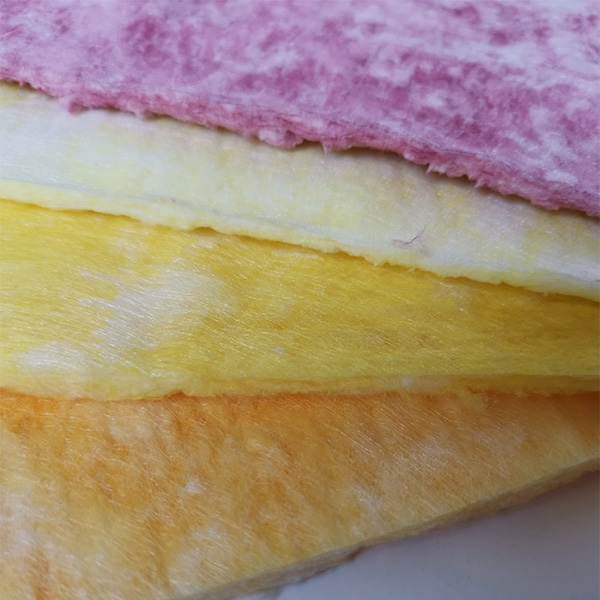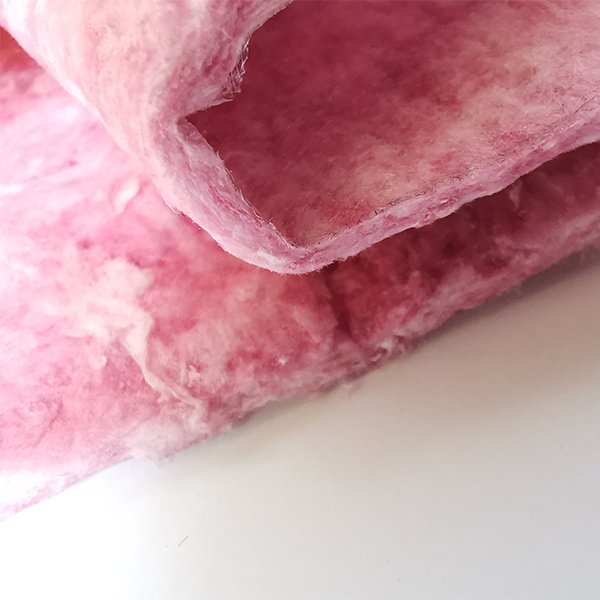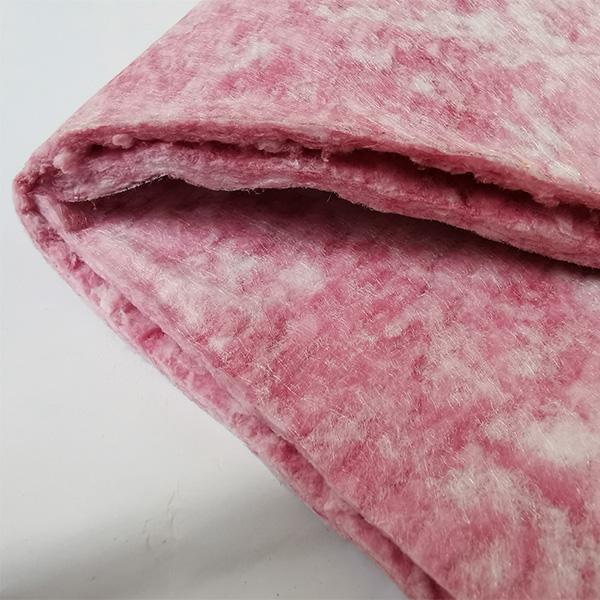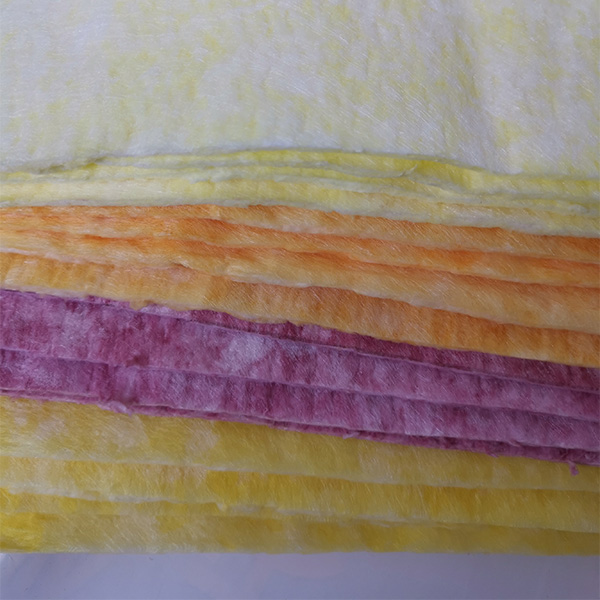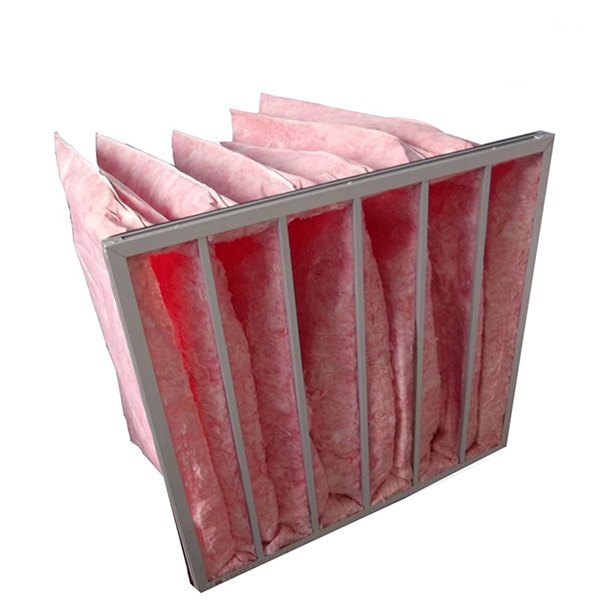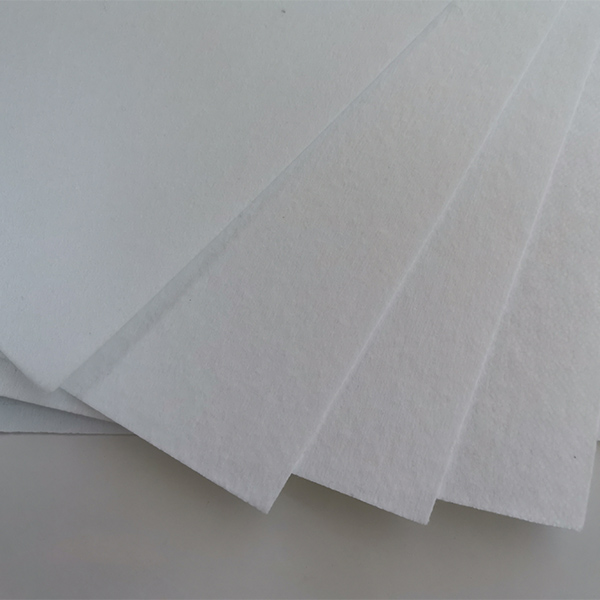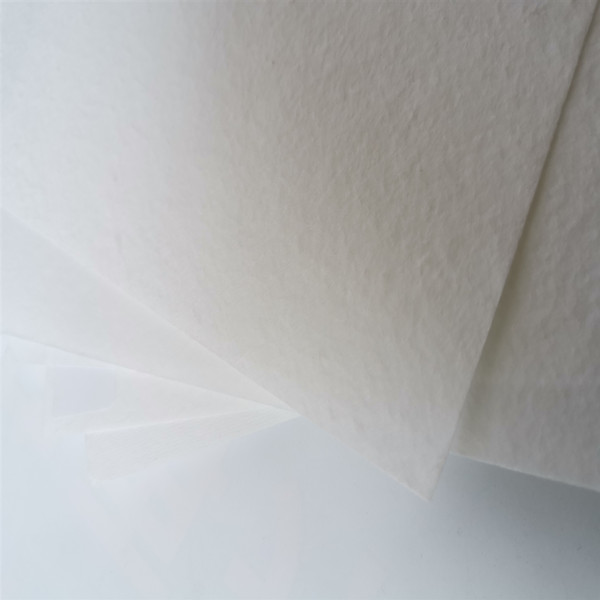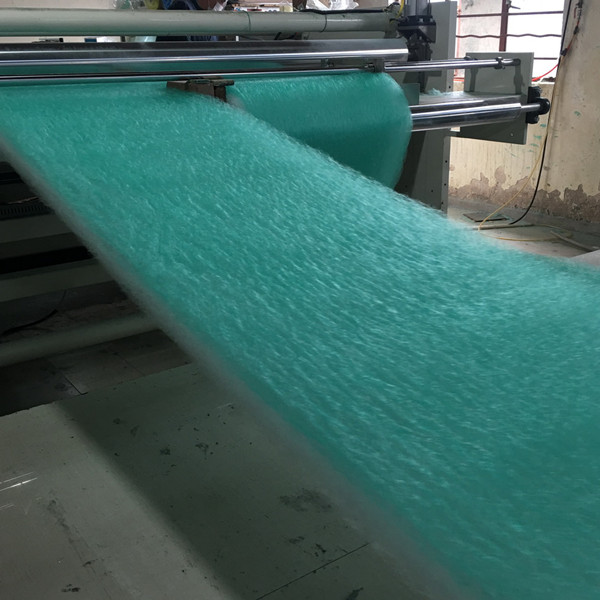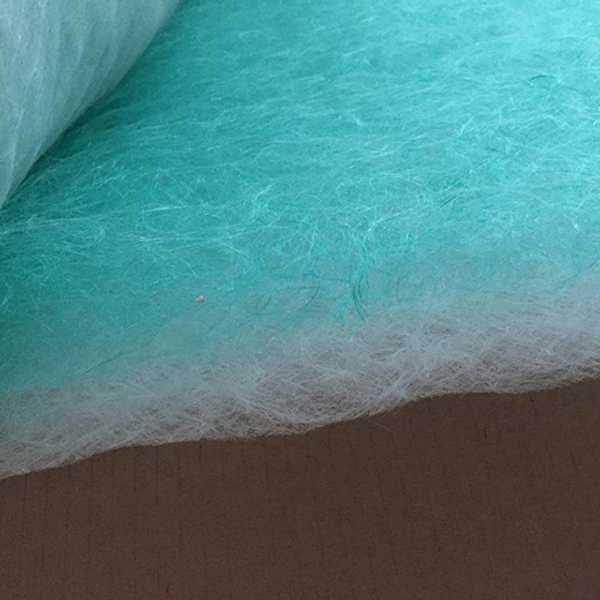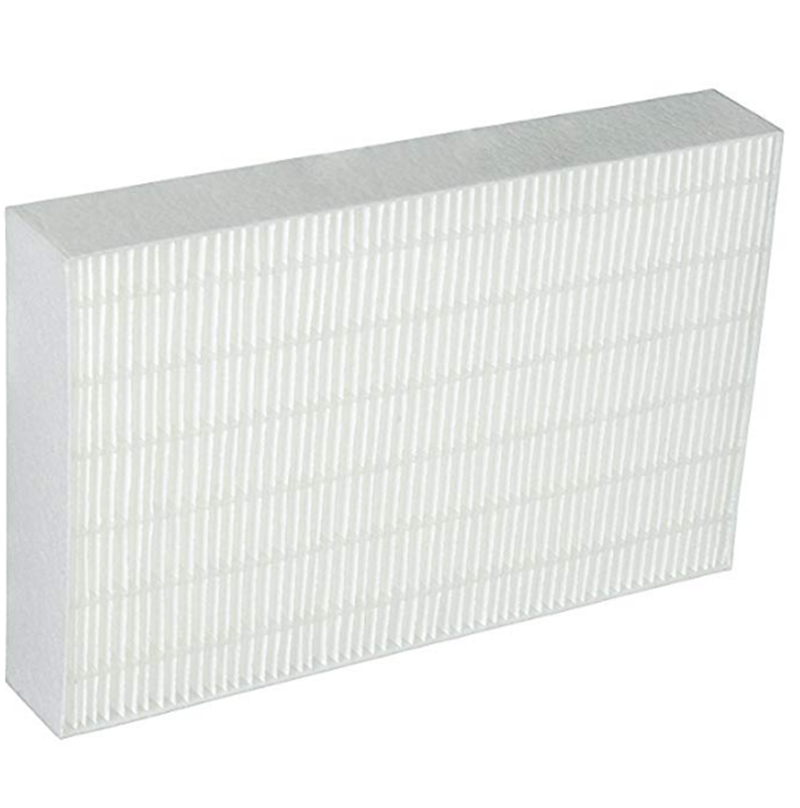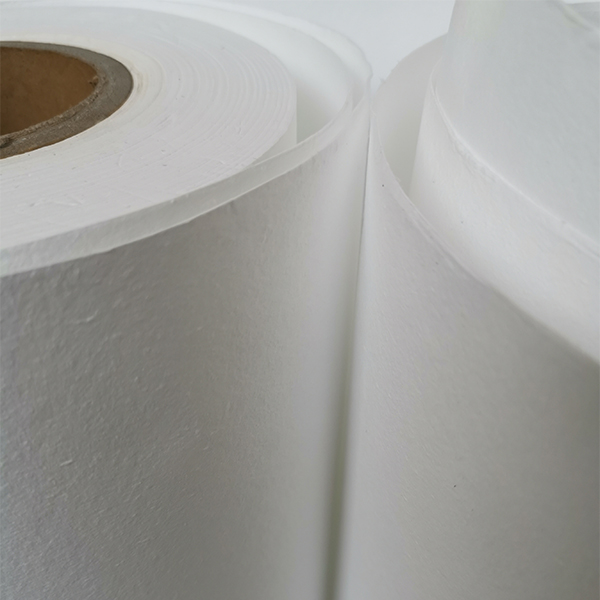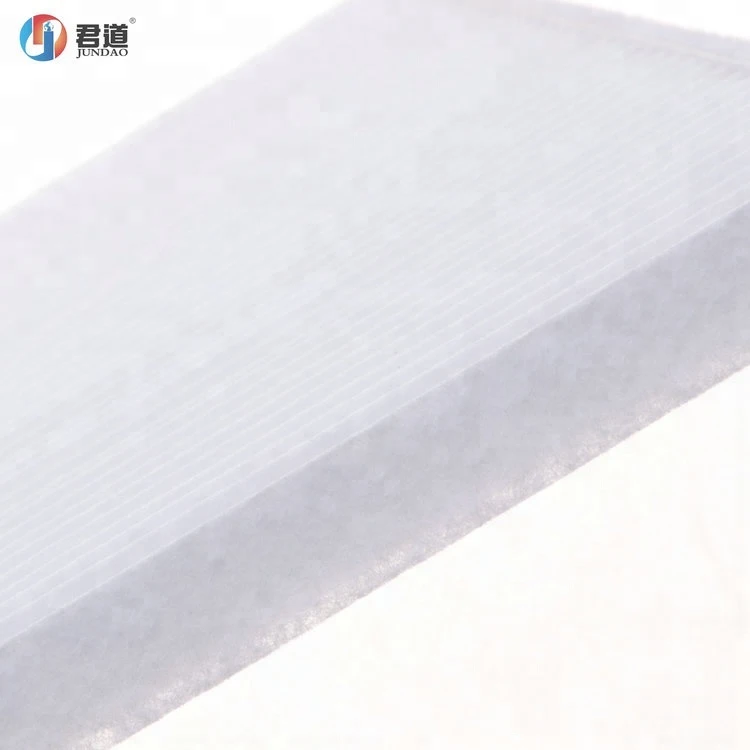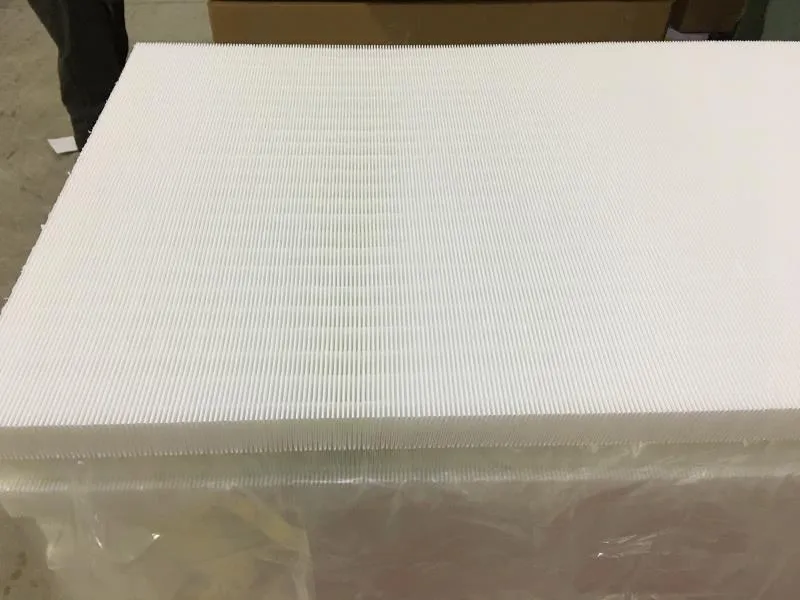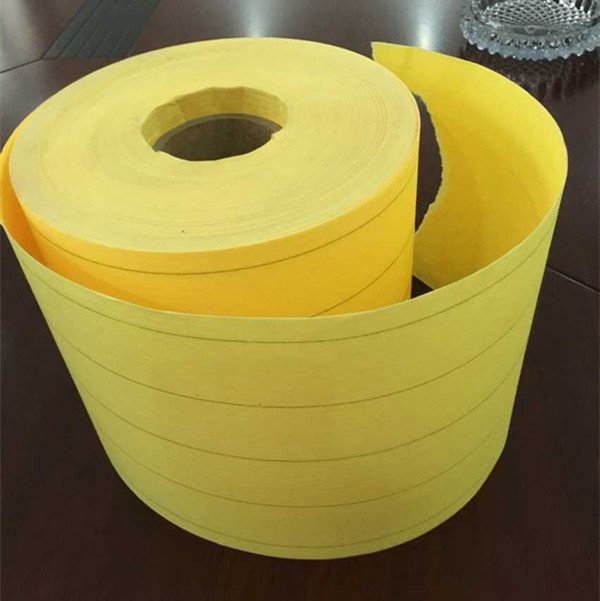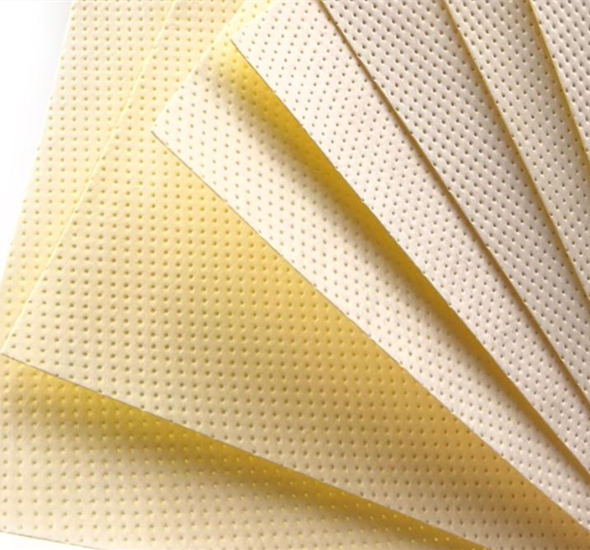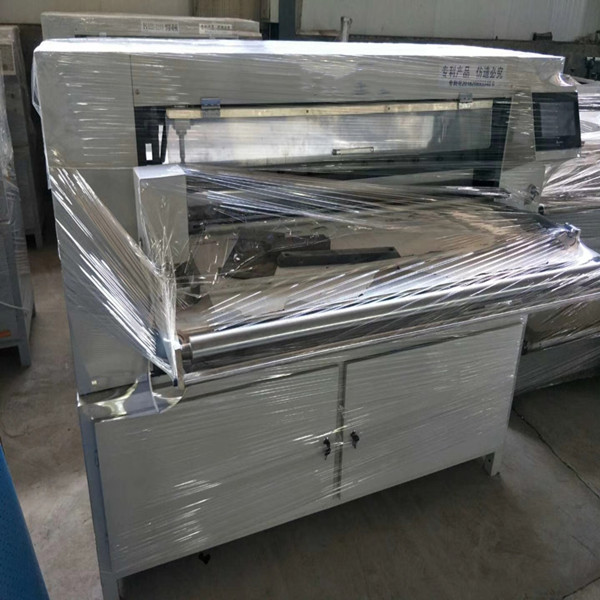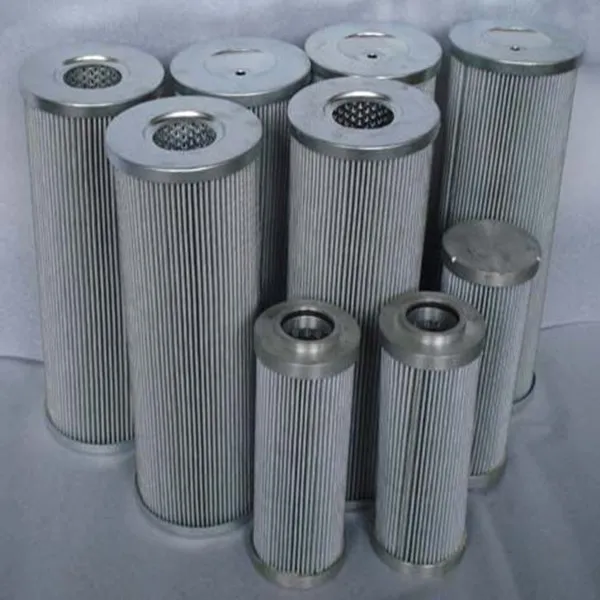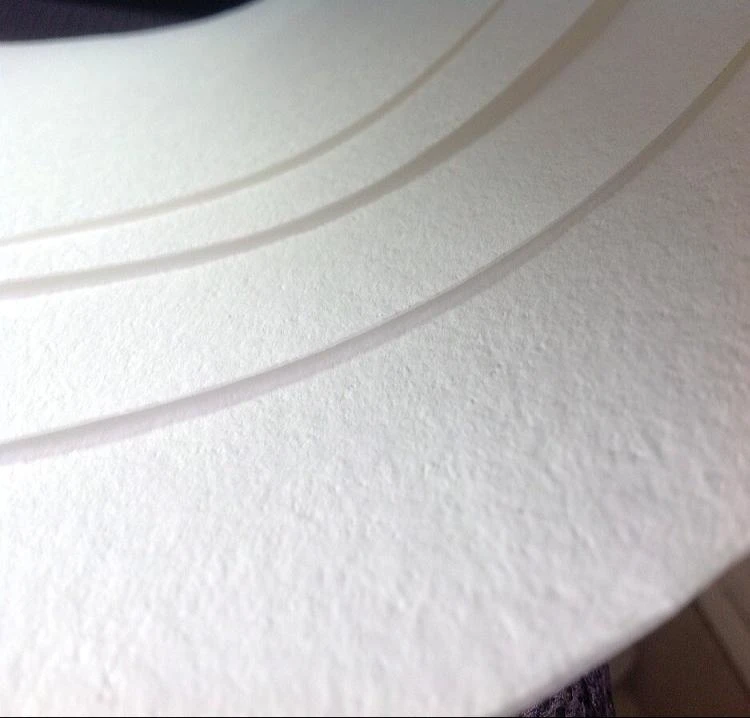Glass Microfiber Pocket Filter Media
Sefate sena se entsoe ka khalase ea microfiber ka mokhoa o behiloeng moeeng.
Karolo ea sehlahisoa:
Khanyetso ea pele e tlase
Matla a phahameng a ho sefa
Bokhoni bo phahameng ba ho tšoara lerole
Ho hanyetsa mocheso o phahameng le ho thibela mollo
Kopo: Lisebelisoa tsa moea tse sebetsang hantle tse mahareng, li-filter tsa moea tsa pokothong.
Tlhaloso ea Sehlahisoa:
|
E tloaelehileng (EN779-2012) |
M5 |
M6 |
F7 |
F8 |
F9 |
|
|
Boima ba mantlha (±5g/m2 omella) |
75 |
75 |
75 |
75 |
75 |
|
|
Botenya (mm) |
8mm |
8mm |
8mm |
8mm |
8mm |
|
|
Khanyetso ea pele (Pa) |
32L/min0.3um karoloana |
10 |
18 |
40 |
69 |
75 |
|
Mosebetsi oa pele (%) |
15 |
30 |
60 |
75 |
80 |
|
|
Mmala |
Bosehla bo Khanyang |
namunu |
Bopherese |
Bosehla |
Bosehla ba Khauta |
|
|
Bolelele ba roll |
180m |
|||||
Maikutlo:
1. Boemo ba teko bakeng sa khanyetso ea pele le katleho ea pele e tlas'a tekanyo ea phallo ea 32L / min, lebelo la sefahleho @ 5.3cm / s.
2. Mecha ea litaba e ka hlahisoa e le mefuta e fapaneng ea thepa e bataletseng e le 'ngoe ka har'a moqolo, lakane e le 'ngoe, pokothong e entsoeng esale pele ka har'a moqolo le pokothong e le 'ngoe.
Advantages of Glass Microfiber Filter Media in Pocket Filters
Glass microfiber filter media offers superior filtration efficiency in pocket filters, making it ideal for capturing fine particulates down to sub-micron levels. Its high surface area and dense fiber structure enhance particle retention while maintaining low airflow resistance, ensuring energy-efficient HVAC operation. Unlike synthetic media, glass microfiber resists moisture absorption, preventing bacterial growth and maintaining structural integrity in humid conditions. The material's inherent thermal stability allows it to perform reliably in high-temperature applications without degradation. Additionally, its high dirt-holding capacity extends service life, reducing maintenance frequency. These properties make glass microfiber pocket filters a preferred choice for environments demanding both high air purity and operational efficiency.
Moisture and Chemical Resistance of Glass Microfiber Pocket Filters
Glass microfiber pocket filters excel in challenging environments due to their exceptional moisture and chemical resistance. The inorganic nature of glass fibers prevents water absorption, eliminating the risk of mold or bacterial proliferation in humid conditions. This makes them suitable for food processing, pharmaceutical, and marine applications where moisture exposure is common. Chemically inert, the media withstands corrosive gases, solvents, and acidic or alkaline aerosols without degradation. Unlike organic filter materials, glass microfiber retains its filtration efficiency and mechanical strength even when exposed to aggressive industrial atmospheres. These properties ensure long-term reliability in harsh settings, reducing downtime and replacement costs while maintaining consistent air quality.
Applications of Glass Microfiber Pocket Filter Media
In HVAC systems, glass microfiber pocket filters provide superior final-stage filtration, removing fine particulates to improve indoor air quality in commercial buildings and healthcare facilities. Their high efficiency complements HEPA filtration in cleanrooms for semiconductor manufacturing and pharmaceutical production, where ultra-low particulate counts are critical. The media's moisture resistance prevents performance degradation in humid climates or washdown environments, while its chemical inertness suits laboratories and industrial exhaust applications. With customizable pocket designs optimizing surface area and airflow, these filters deliver unmatched performance in critical air handling systems where contamination control and energy efficiency are paramount.

